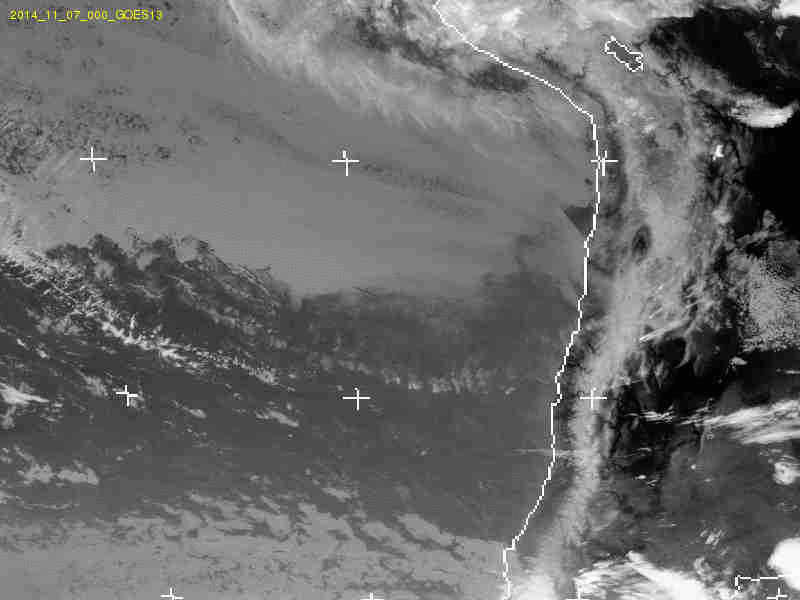Understanding how galaxies form and evolve as a function of cosmological time (z, redshift) is a key goal in modern astrophysics. Standard theoretical models address this problem in a framework assuming a Lambda-CDM cosmology, where the hierarchical gravitational grow of dark matter haloes trace the large-scale structure of the observed baryonic matter. This framework is governed by a set of differential equations which can be computationally solved by the powerful modern computers. Nevertheless, at galactic-scales the evolution is driven by dissipative non-linear processes which are far more complex than what the theory could predict. It is at this point where observations of different kind of galaxies, and clusters of galaxies, at all redshifts, become an essential ingredient to feed semi-analytical models of galaxy formation and evolution.
Remarkable progress in the study of galaxy formation has been made over the last decade, primarily through deep optical and near-IR observations. Although the cosmic history of star formation, and the build-up of stellar mass, have been well quantified as a function of galaxy mass and environment, through its peak at z ∼ 2 and back to the near-edge of cosmic reionization (z > 6), the mechanisms that shape such evolution and generate the variety of morphological classes that we observe in the local Universe are far from being constrained. While progress has been impressive, optical studies of galaxy formation are limited to the stellar and ionized gas emission, being plagued by uncertainties in the way in which photons are re-processed by the gas and dust particles. Studies at centimeter through sub-millimeter wavelengths are required to probe deep into the earliest, dust obscured phases of galaxy formation, to reveal the cool gas that constitutes the fuel for star formation in galaxies.
To understand the evolution of galaxies, it is necessary to tackle the physical mechanisms which could shut off their star formation. In the nearby Universe it has been found that he most important mechanisms are the “mass quenching” and the “environmental quenching” of galaxies. The first relates to internal processes such as AGN activity, while for the latter, several mechanisms have been proposed, including ram-pressure stripping of galaxies by the intracluster medium, and gravitational interactions between galaxies.
Our research group has endeavoured various campaigns for characterising the formation and evolution of galaxies as a function of redshift, mass and cosmic environment. These days, the most remarkable collaborations in which we are involved are:
- ALMA follow-up campaigns (e.g. VALES at z<0.35) to characterise the clod gas and dust of galaxies selected from the largest extragalactic surveys taken by the Herschel Space Observatory, H-ATLAS and HerMES.
- Matched VLT IFU and ALMA imaging at sub-arcsecond resolution of H-alpha emitting star-forming “normal” galaxies at the peak of the cosmic star-formation rate density (from HiZELS and KGES surveys),
- ALMA observations for obtaining deep wide-field sub-millimetre imaging and spectroscopy in fields previously observed by the Hubble Space Telescope, including the HUDF and the Frontier Fields,
- The Gas Stripping Phenomena in galaxies (GASP) survey of “jellyfish” galaxies with MUSE/VLT, which collected data for 114 galaxies selected from the WINGS survey.
- The Blind Ultra Deep HI Environmental Survey (BUDHIES) of galaxies in and around clusters at z~0.2.
Primary researchers in this area:
Eduardo Ibar - Yara Jaffé - Graeme Candlish
Students: Hugo Méndez (PhD), Rosamaria Carraro (PhD)
Postdocs: Thomas Hughes, Alejandra Muñoz-Arancibia, Gustavo Orellana
Past postdocs: Cheng Cheng, Roger Leiton





